Decking materials – landscaping experts reveal their top choices for practical and good-looking decks
Discover the different decking materials available and learn how to choose the best for your outside space with this expert advice
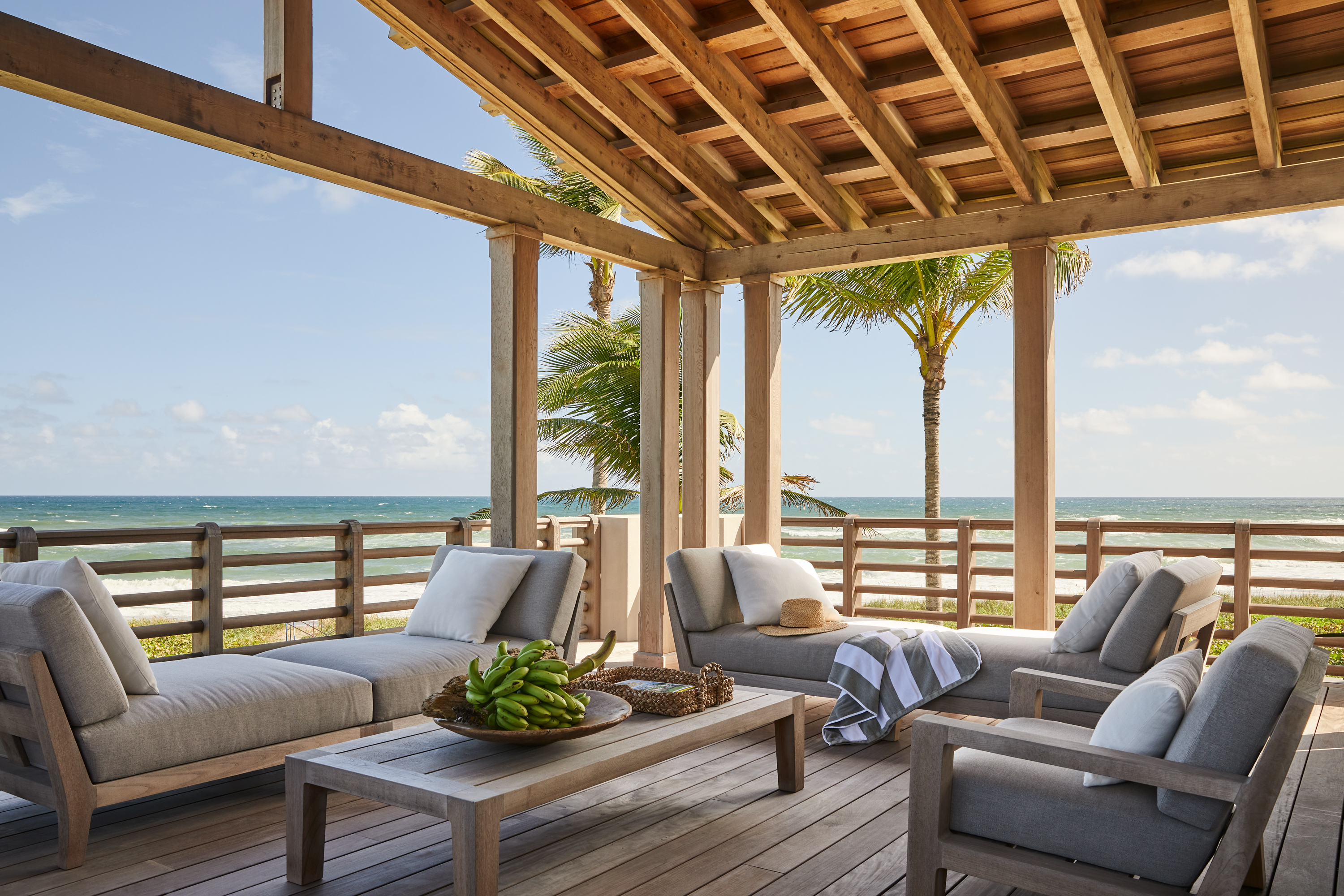

So you've decided a deck is for you, but what decking material should you choose? Not all decks are created equal and they're not all made from the same wood. There are several factors to consider when picking the best decking material for your outdoor space, and while once upon a time, lumber was pretty much the only choice, there is now a multitude of options.
When it comes to designing the perfect outside space you might want to consider decking ideas that give your garden an area that's zoned and defined from the rest of the garden. Perhaps a place to gather with friends, eat al fresco or a spot for a firepit or hot tub. Wooden decking can be a wonderful contrast to grassy lawns and stone patios. Or you might decide you want to deck the whole space.
Deciding which decking material option is right for you comes down to both personal and practical tastes. You'll need to consider the aesthetic you're into, the cost and how much maintenance you're prepared to deal with to keep it looking beautiful for years to come.
Here are some of the most popular decking materials to choose from when building your deck, with expert tips from landscaping and design professionals on how to use them.
What are my options for decking materials?
1. Pressure-treated wood
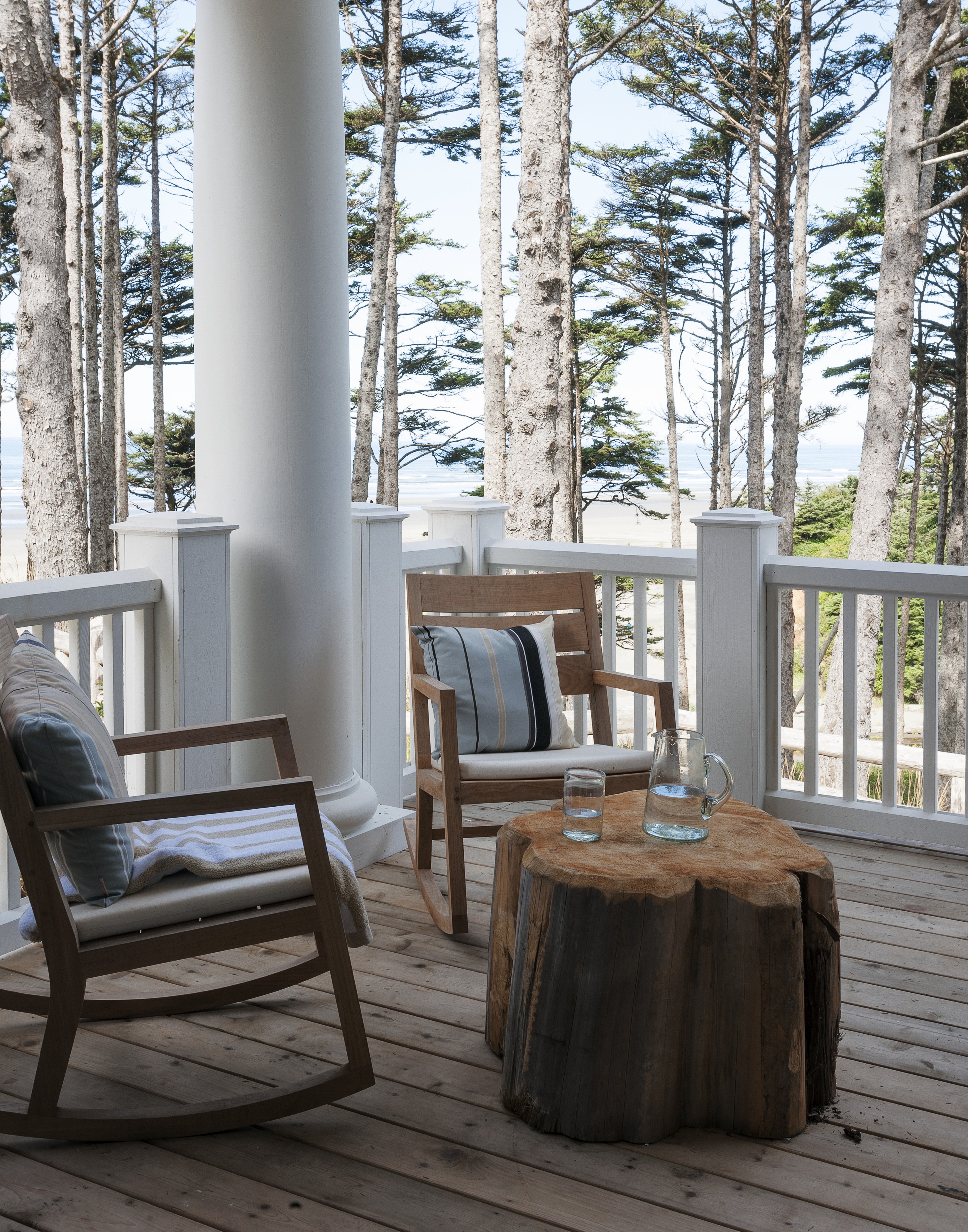
Pressure-treated wood is one of the most popular options, as the wood has been chemically treated to withstand rot, mold, and insects – helping enhance its natural durability. Plus, it's easily available, budget-friendly, easy to cut and not too difficult to install, especially important if you're looking to install garden decking yourself. If you don’t like the natural hue of your pressure-treated lumber, pick a stain to suit your aesthetic.
Typically, it’s recommended to let your deck weather for a few months before staining, and there are some benefits to sanding prior to applying stain. It’s also important to note there are different grades of treated lumber and your local supplier can help you choose the grade that’s right for your budget.
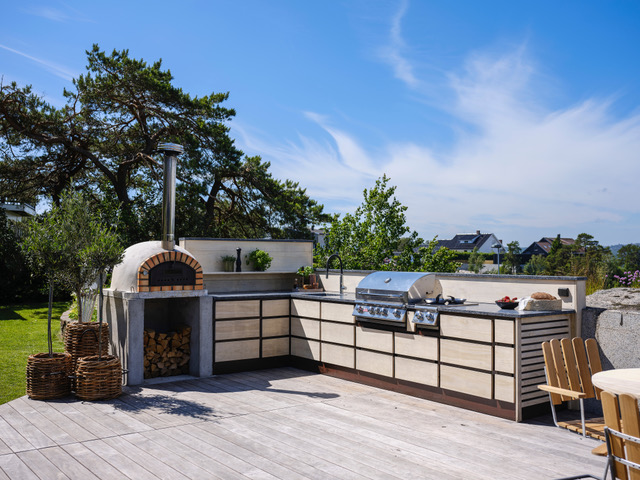
'When comparing composite and wood decking, the most important differences involve how ordinary lumber has a tendency to split, warp, or crack,' says Nathan Fell, Founder Nathan Fell Architecture. 'Pressure-treated wood also requires regular maintenance. But with care, including power washing, sanding and regular re-staining, you can extend the lifespan of your pressure-treated deck. Pressure-treated wood is also quite affordable, available at around $3-$6 per square foot.'
'For backyard deck ideas, my preference is usually natural materials like concrete, stained wood, and planters,' he adds. 'All materials when exposed to the elements will wear or otherwise need some upkeep such as power washing, etc. An added step of oiling wood for example is typically an annual need, so I’m not as concerned about that as I would be of owners who feel like there is such a thing as a no-maintenance backyard area. That’s when real neglect can happen.'
2. Exotic/tropical hardwoods

Tropical hardwoods are things like Ipe, Cumaru, and Tigerwood. A more expensive and luxurious choice compared to pressure-treated wood, tropical hardwoods tend to be grainy, hard, and durable, as well as naturally resistant to issues like rotting and insects. Plus, using natural materials is one of the big garden trends for 2022. But it's an expensive choice (around $8 to $12 per square foot), and because they are fairly dense, drilling holes into them is trickier.
'The decking used on this project is a Brazilian hardwood named Ipe. A post and beam structure was designed to give a reprieve from the tropical sun and the ipe flooring and railing are left to age naturally with the assistance of the ocean breeze. In this instance, we chose to leave the ipe natural allowing for a natural 'silvering' to occur,' says Christian Thomas, Architect, Thomas | Melhorn. 'Ipe is more expensive than regular pressure-treated lumber or composite material, however its beauty, strength and low maintenance make it a perfect selection for our projects.'
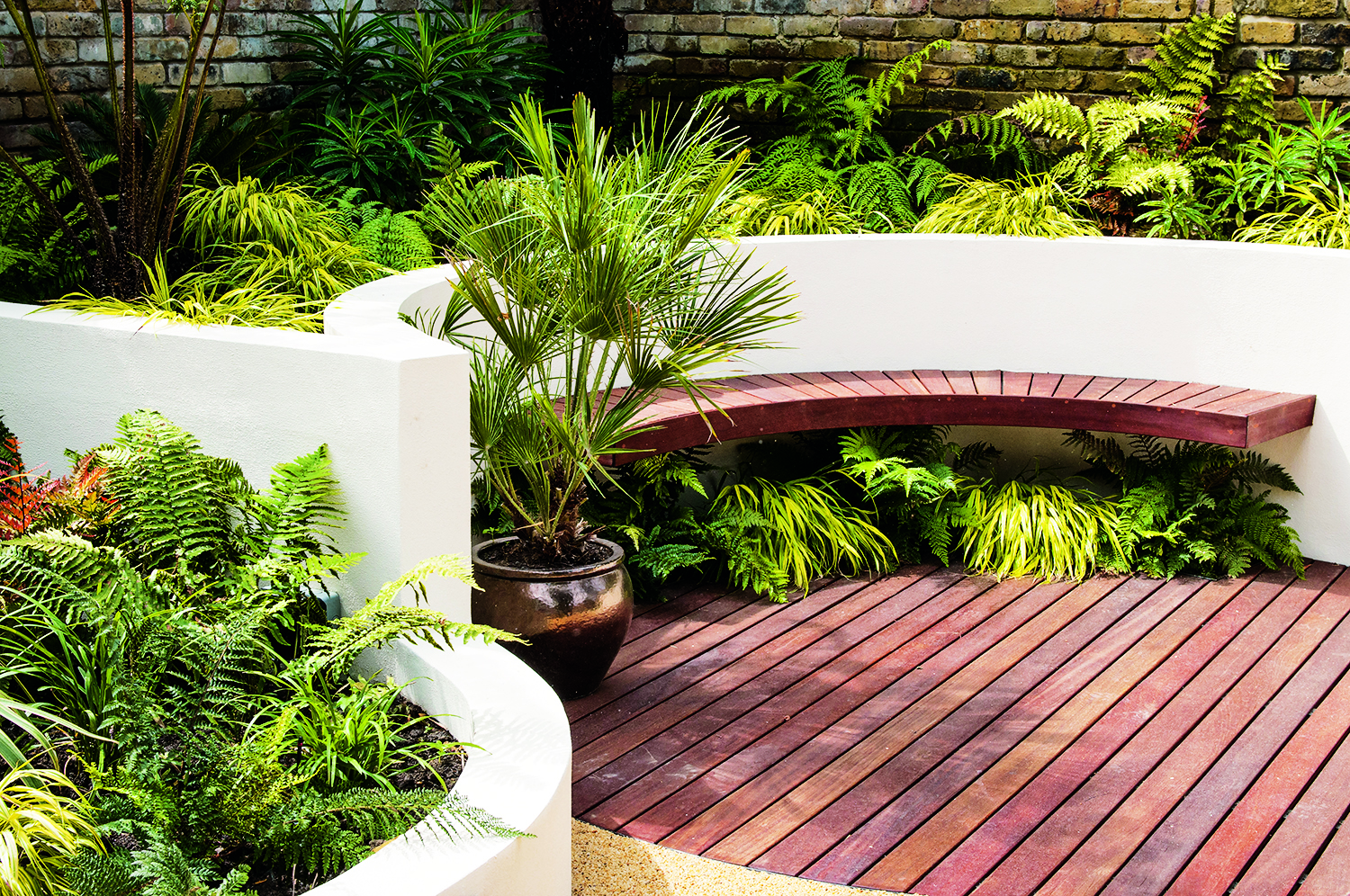
Pick a color you love as tropical hardwoods don’t really do well with stains or finishes. If you do want to stain your new deck, make sure that the stain you choose has been specially formulated for tropical hardwood. Apply a UV-blocking clear wood preservative every three to four years if you don't stain it. Tropical hardwoods tend to weather to a silvery color when they’re not stained. It’s also important to know where your tropical hardwood comes from so look for sustainably harvested sources.
'Exotic hardwoods like Ipe are an excellent decking material option. The advantage of hardwoods is suggested right in their name – they’re hard. Their dense composition makes them resistant to infestation and rot. They also contain natural tannins that work similarly to the chemicals added to pressure-treated lumber,' says Ryan Prange, Owner, of Falling Waters Landscape. 'Each hardwood has its own distinct appearance. For example, Ipe is a rich crimson brown, and fades to a soft grey color unless it’s oiled one to two times per year. Other options in the hardwood category are Tigerwood, Cumaru and Mahogany. Because of their density, hardwoods can last longer and look better as they age when compared to softwood.'
'One downside of some hardwoods is that many are slow growing and don’t grow in great density in the parts of the world where they are harvested. As such, there has been debate about how renewable of a resource those particular species are. If this sustainable living aspect is a concern there are many resources to consult online as you decide what material is best for your project,' adds Ryan.
3. Composite decking
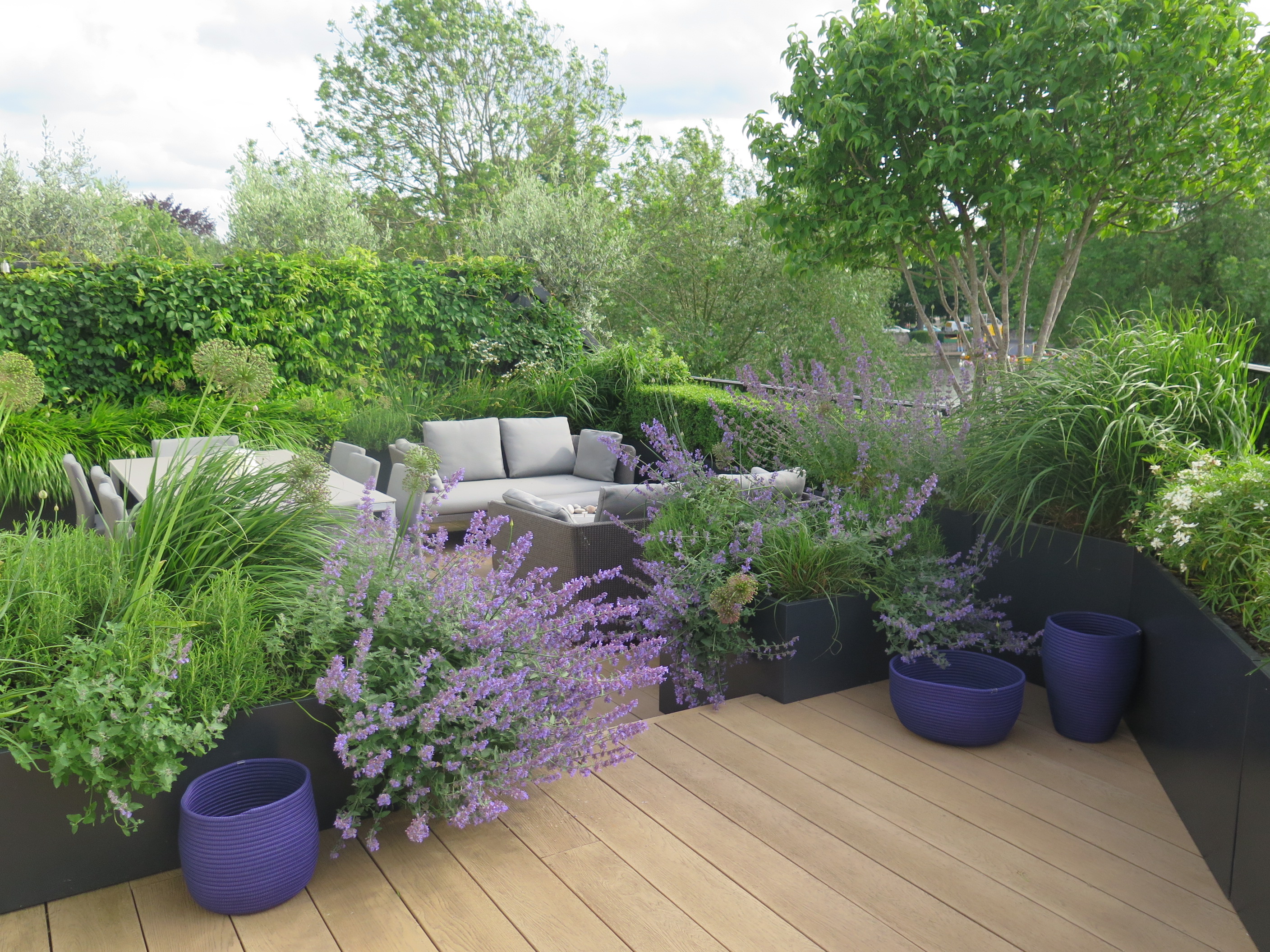
Composite decking uses different materials combined to make a new finished product. It's made primarily from wood fibers and recycled plastics like low-density polyethylene (LDPE) but it can be another mix.
This type of decking is growing in popularity fast as it won't warp, splinter or be affected by rot or insects. Though be aware that mold and mildew can still grow on it in damp spaces. Since composite decking is partially wood, some composites may end up showing signs of decay.
It's not always the cheapest option and prices vary quite substantially, from around $8 to $12 per square foot. Try and choose a reputable, high-quality company if you can.
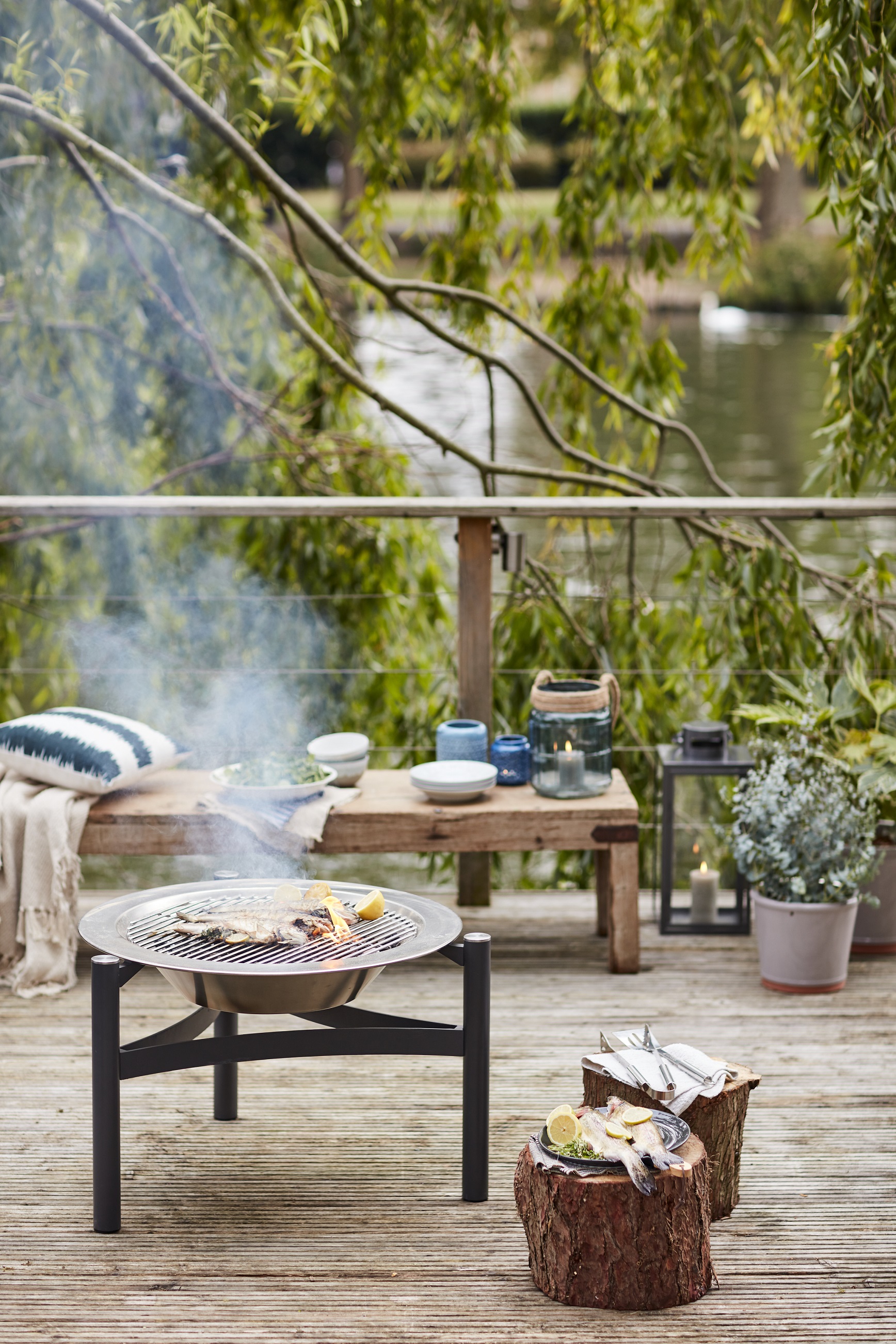
Overall, composite decking is a really durable option that requires very little maintenance. It doesn't require sanding or refinishing – simply wash your deck a few times per year to keep it looking good.
Composite decking also comes in a wide range of colors, including many that approximate the appearance of wood and many manufacturers can effectively use recycled materials with no impact on performance. Some brands use up to 95% recycled materials, so if reducing your carbon footprint is important to you, composite decking could be a good option.
'It’s a known fact that decking will add value to your property, therefore it should be seen as an investment,' explains Nick Whiley, Project Director, Trekker. 'Composite decking is an ideal choice for homeowners with a busy lifestyle, as it requires very little maintenance. With its clean, straight lines wood composite planks offer a timeless look and will enhance natural beauty across both contemporary and classic exteriors.'
4. Cedar decking
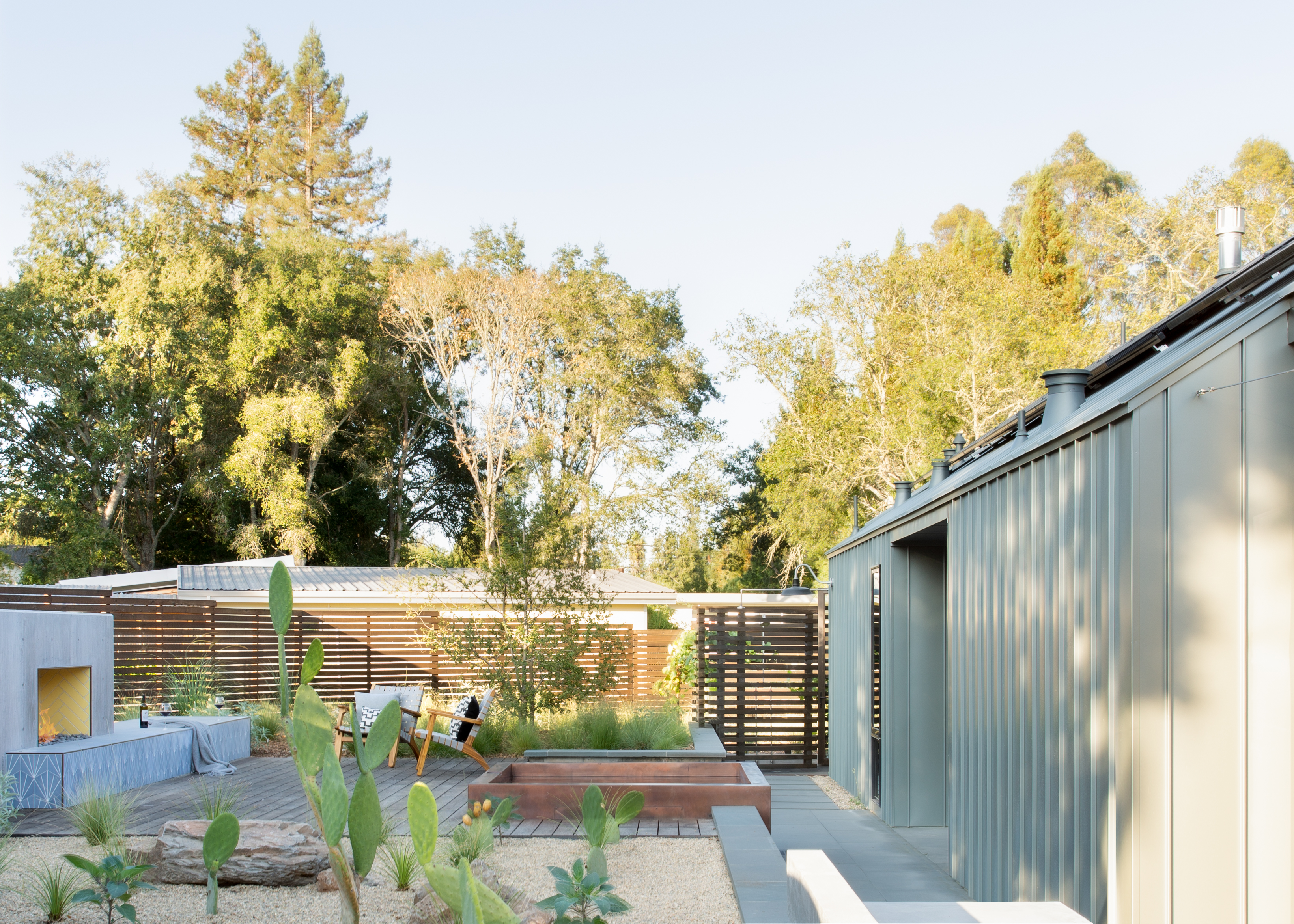
Still stuck for patio ideas? Cedar is a type of coniferous wood, which means it's classified as a softwood. Cedar decks have a gorgeous, rich natural color and the wood is widely available throughout the US. They're commonly regarded as a higher-quality material than pressure-treated lumber. They're extremely lightweight, yet strong, making cedar easy to work with and ideal for places with inclement weather conditions.
Cedarwood contains natural tannins and oils that make it resistant to rot, decay and infestation, but you can also treat it with stain and sealer to prevent cracks or splinters.
If you don’t use stain and sealer, the color of your cedar will change to a soft grey over time, just like with hardwoods like Ipe. 'This terrace deck is located on the more private side of the house, and serves as an outdoor extension of the living room,' says Russell Blazier, Associate Principal, SkB Architects. 'It was visualized as an area rug within the gravel and planted elements of the landscape, providing a place of respite for gathering in front of the fireplace or relaxing by the built-in soaking tub. Ipe wood was selected for its durability, longevity, and low maintenance, and will age to a natural silver hue over time.'
Similar to pressure-treated wood, cedar will require a fair amount of regular maintenance. But if you select quality cedar and provide annual refinishing, you can expect your cedar deck to outperform standard pressure-treated wood decking.
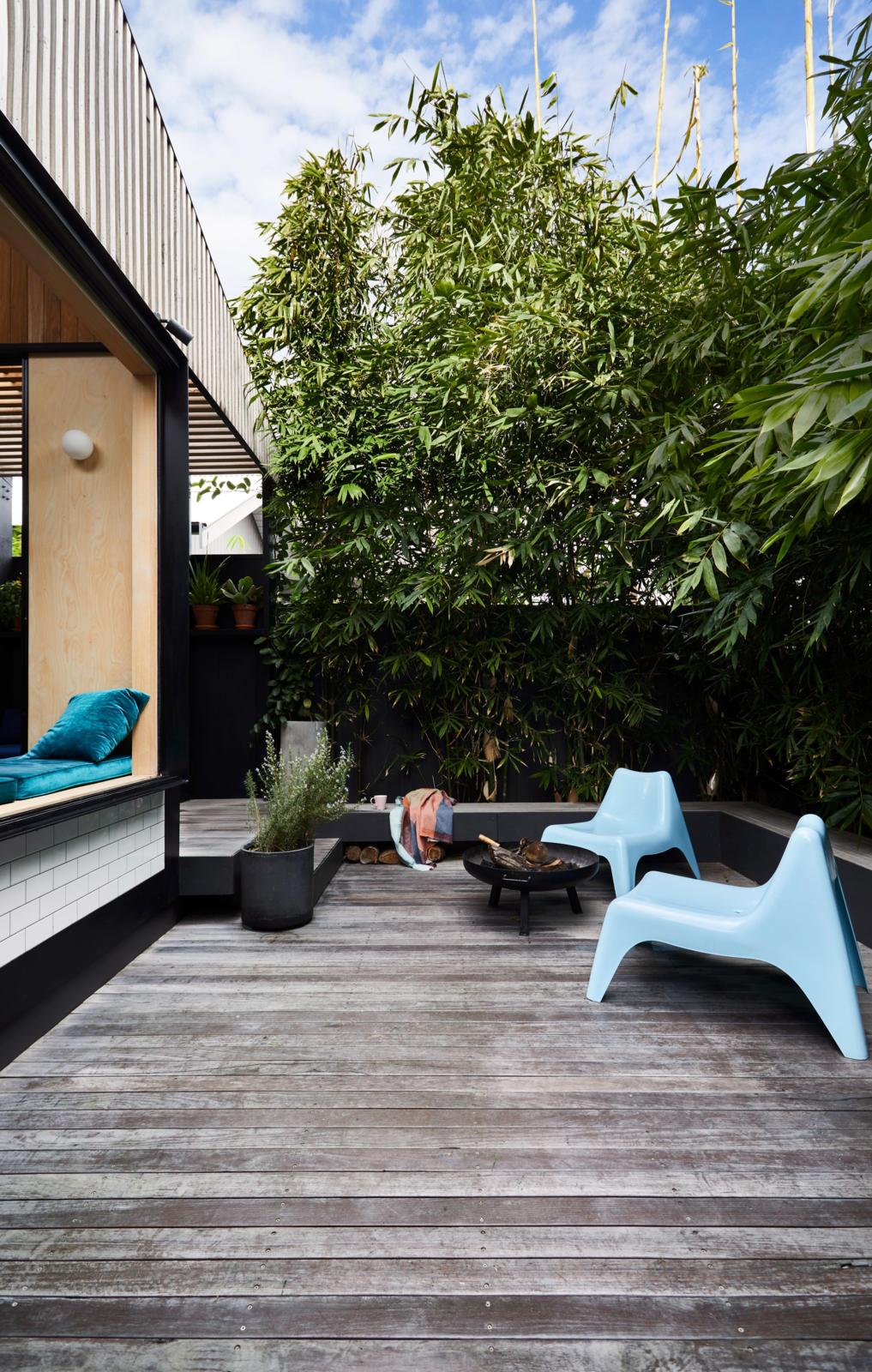
You can find cedar for around $9 - $11.50 per square foot but there are varying types of cedar: the four best grades of cedar to use for decking are architect clear, custom clear, architect knotty, and custom knotty – the higher the quality you choose, the more it’s going to cost you.
If you choose cedar as a decking material then ensure the cedar you use is heartwood as opposed to sapwood. Heartwood is cut from the center of the tree and is considerably denser, whereas sapwood is the softer material on the outside of the tree. The extra density of heartwood makes lumber more resistant to environmental decay.
5. PVC decking
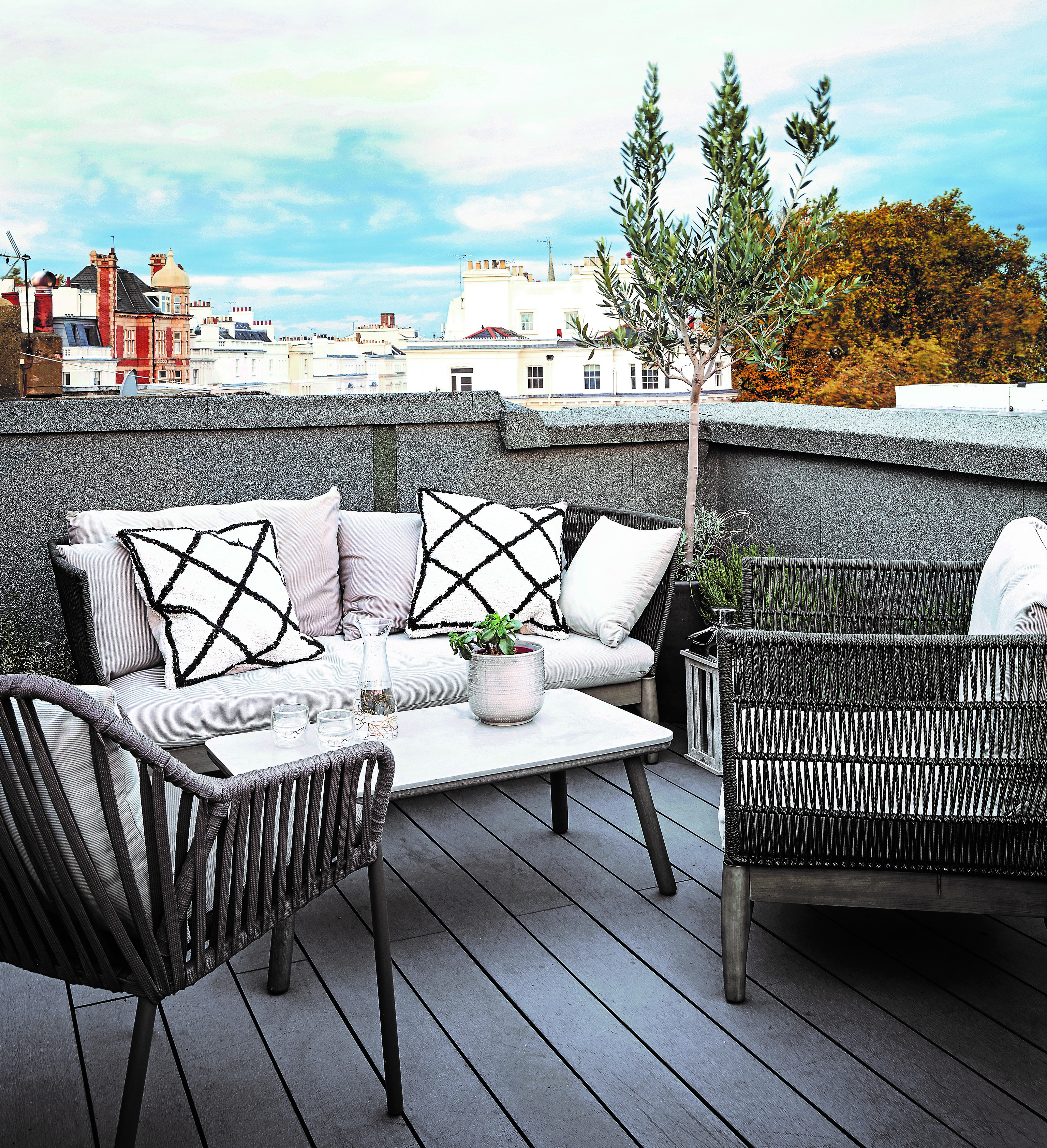
Polyvinyl chloride plastics (PVC) vary in quality but they offer up a pretty resilient decking option if you don't mind the fact it's not real wood. Plus, the formulation and aesthetics have improved dramatically over the past couple of decades, meaning there's a far greater range of color and pattern options compared to ordinary lumber, including designs that mimic the grain of wood. So whether you're after a chic rooftop deck, something for your hot tub and loungers or deck ideas with firepits, a PVC deck will provide a solid base.
The benefit is you don’t have to worry about rot and infestation or sanding and staining plastics, which makes vinyl decking almost maintenance-free. It's also lighter than many synthetic decking materials, making it easier to move around when installing. However, when compared to wood, PVC decking is more expensive - around $10 - $15 per square foot and most PVC decking has less recycled content so it's not a great sustainable option.
Which type of decking is best?
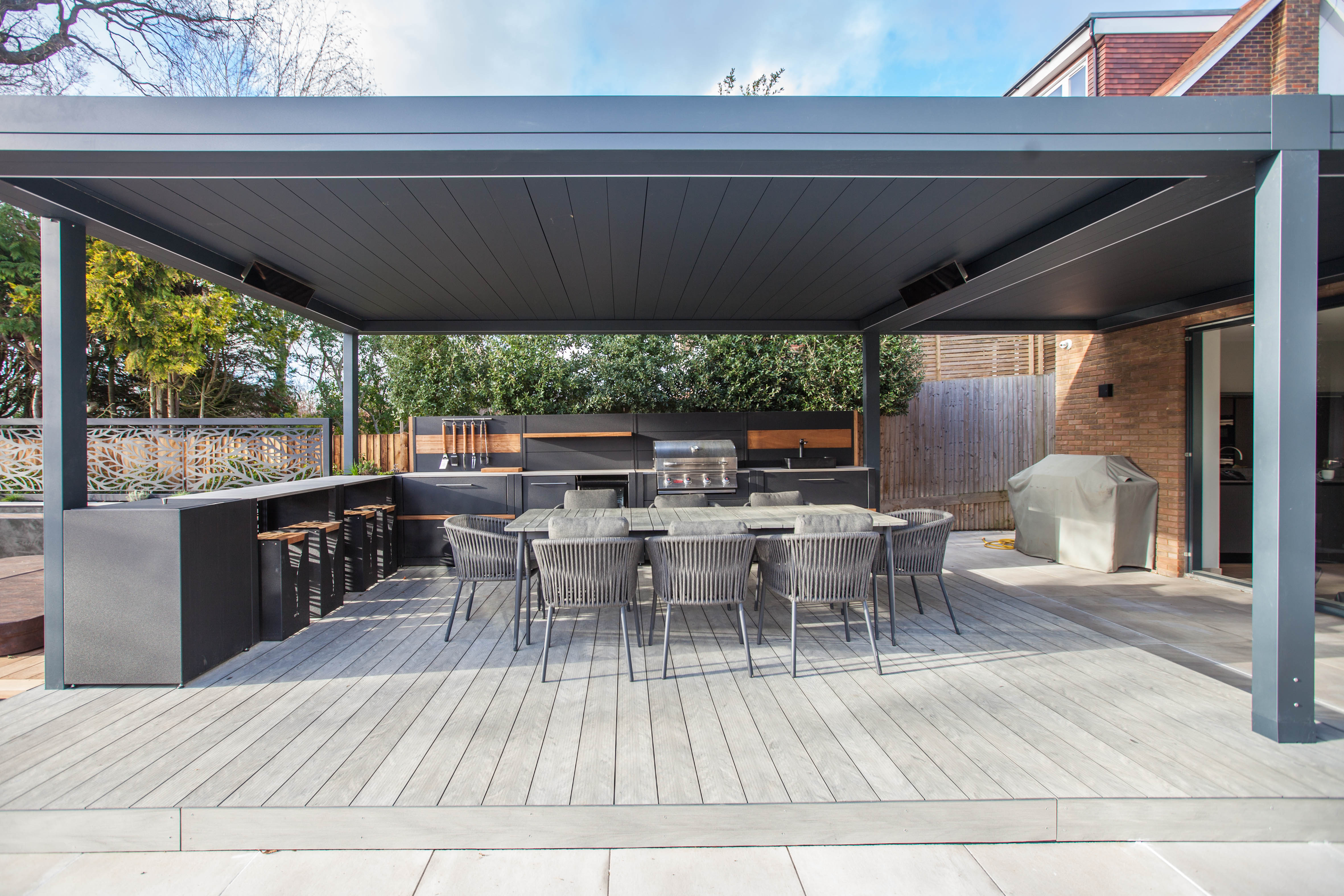
No deck is superior to another as it all comes down to personal taste, budget and level of maintenance you're prepared to put up with. Exotic hardwoods look beautiful and are very durable but they're pricey and hard to source responsibly. Whereas softwoods like cedar, although easy to source and cheaper, need a little more maintenance over the years. If you're after the garden landscaping trend of sustainable wood decking, then it's all about the beauty of real woods; Ipe, Cumaru, Tigerwood and cedar.
Pressure-treated wood is the most popular choice as it's affordable, stains well if you're after a new hue and because it's chemically treated, it stands up to mold and rot well. You do need to maintain it though, but with power washing, sanding and regular re-staining it'll last a long time. Composite decking is a great choice if you want minimal maintenance and a wide choice of colors. It still very much looks and feels like wood, plus it lasts longer – the same goes for PVC decking,
What is the longest lasting deck material?

Is your deck just to lounge on, or are you planning an outdoor kitchen and pool deck ideas? If you want a deck that stands the test of time, then opting for something like composite decking or PVC decking will probably be a better choice than wooden decking.
Vinyl is low-maintenance and long-lasting, but it will not look as natural as wood so composite can offer a great compromise – it's both durable and aesthetically pleasing, making it a solid choice if you want a deck that can last for decades with minimal upkeep.
Be The First To Know
The Livingetc newsletters are your inside source for what’s shaping interiors now - and what’s next. Discover trend forecasts, smart style ideas, and curated shopping inspiration that brings design to life. Subscribe today and stay ahead of the curve.

As the Houses Editor on Livingetc, Rachel has been obsessed with property ever since she was a kid. With a diploma in interior design and more than a decade working on interior magazines under her belt, she feels very at home sourcing the best contemporary houses the world has to offer for Livingetc. It's not just the day job either, she admits she's spent a scary amount of her own time researching schemes for her own renovations - scrolling Instagram, stalking Rightmove and Modern House, flicking through magazines and snooping in other peoples' windows - so she really does live and breathe houses on a daily, if not hourly, basis. Before Livingetc, Rachel had a stint finding homes for Ikea Family magazine where she was lucky enough to gallivant around the world on shoots meeting and interviewing interesting people, all with a very keen eye for blending high-end design with everyday items from Ikea. It inspired her to not be afraid of mixing new and old, expensive and affordable, vintage and modern and so Rachel's current Victorian terrace in north London is very much an updated, contemporary take on a period property; think open-plan modern kitchen with concrete floors, feature fireplaces and her grandmother’s paintings on the walls. Rachel is currently crushing on reeded glass, large gingham prints, squishy curved furniture; like Buchanan Studio’s Studio chair, and vintage wall sconces; she especially adores Retrouvius for sourcing antique finds and feels inspired by Lonika Chande, Beata Heuman and Matilda Goad and already can’t wait to start planning her next home, wherever that might be.
-
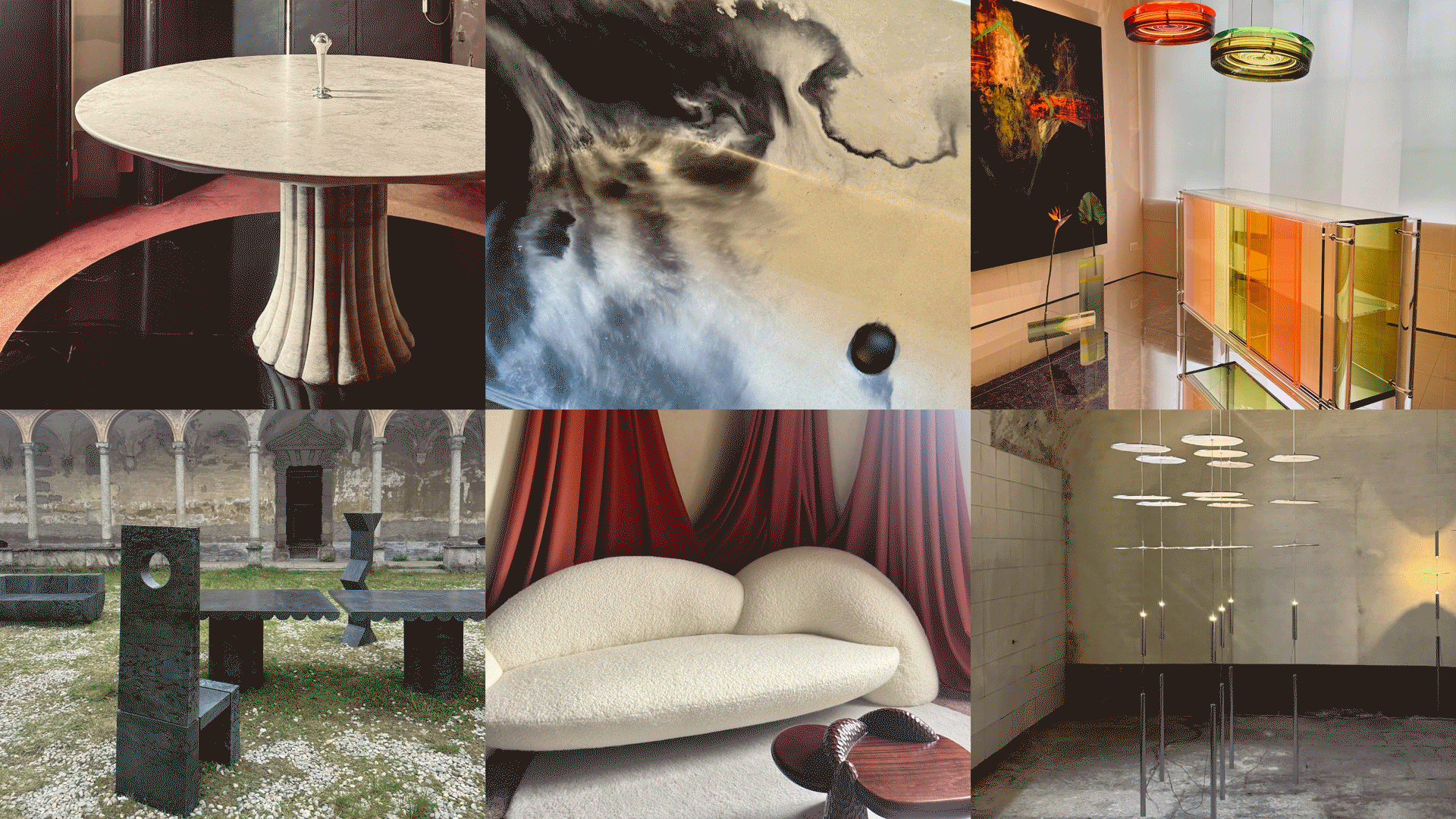 Straight from Salone: Five Emerging Trends I Found That'll Shape Interiors For the Year Ahead
Straight from Salone: Five Emerging Trends I Found That'll Shape Interiors For the Year AheadFrom reflective silver to fluidity, here's my perspective on the key themes and new moods coming through from Milan Design Week
By Sarah Spiteri Published
-
 9 Bathroom Storage Mistakes You're Probably Making That Make Using This Space Much Harder — And What to Do Instead
9 Bathroom Storage Mistakes You're Probably Making That Make Using This Space Much Harder — And What to Do InsteadDiscover which mistakes are to blame for your overcrowded and cluttered bathroom
By Seraphina Kyprios Published